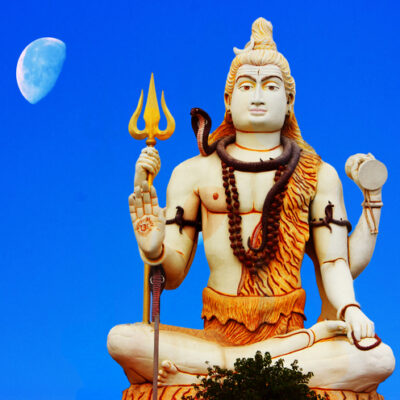Bhubaneswar Chitrakarini Temple, Odisha

Address
Bhubaneswar Chitrakarini Temple, Odisha
Old Town, Kedar Lane,
Lingaraj Nagar, Bhubaneswar,
Odisha 751002
Amman
Sakthi
Introduction
The Chitrakarini Temple, dedicated to Goddess Shakti, is an important religious site in Bhubaneswar, the capital of Odisha, India.
Puranic Significance
- Goddess Worshiped: The Chitrakarini Temple is dedicated to Goddess Shakti. While it was originally believed to be dedicated to Chitrakarini, the goddess of painting and a form of Saraswathi, the current deity enshrined in the sanctum is a form of Chamunda, another manifestation of Goddess Shakti.
- Location: The temple is situated to the west of the Lingaraj Temple in Bhubaneswar. It is in close proximity to the Lingaraj Temple, one of the most prominent temples in the city.
- Historical Period: The Chitrakarini Temple is believed to have been built in the mid-13th century CE by the Ganga Kings, with King Narasimha Deva I, also known as Parama Mahesvara, credited with its construction.
- Architectural Style: The temple is known for its unique architectural style and layout. It is a Panchayatana temple, which means it features the main temple in the center, facing east, and four subsidiary shrines placed at each corner of the complex. The temple complex is enclosed within a laterite wall.
- Components of the Temple: The main shrine in the center of the complex consists of two parts: the sanctum sanctorum and the Jagamohana (assembly hall). All the sanctum sanctorum follow the rekha deula architectural style, while the Jagamohana follows the pidha deula style.
- Deities: Originally, it is said that there were five idols of Shakti in the main shrine and one idol in each of the four subsidiary shrines, making a total of nine idols of Shakti in the temple. However, currently, only the form of Chamunda is enshrined in the sanctum.
- Intricate Decorations: The temple is known for its intricate architectural decorations, including sculptures and friezes. The vimana (tower), pidha (platform), and walls of the shrines are adorned with various sculptures and reliefs, depicting elephants, lions, amorous couples, Dikpalas (guardians of directions), and various deities from the Hindu pantheon. These artistic details add to the temple’s aesthetic and historical significance.
Century/Period
13th Century CE
Managed By
Archaeological Survey of India (ASI)
Nearest Bus Station
Lingaraja
Nearest Railway Station
Bhubaneswar
Nearest Airport
Bhubaneswar






